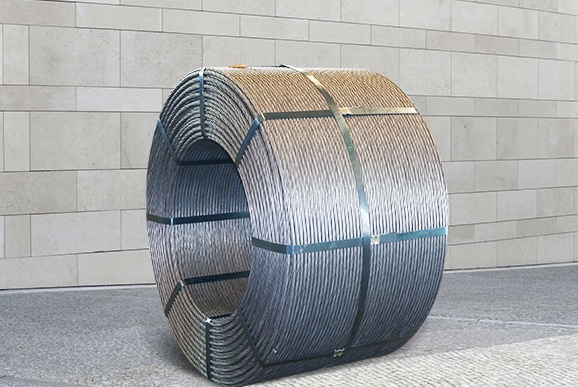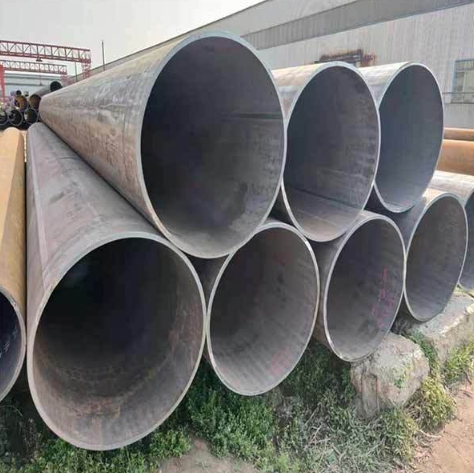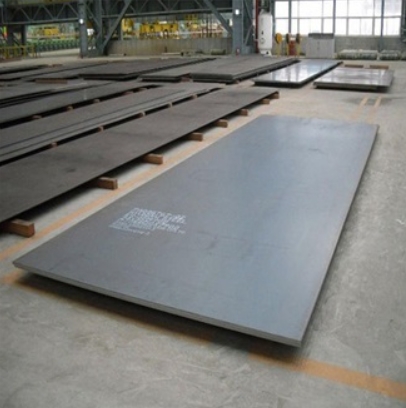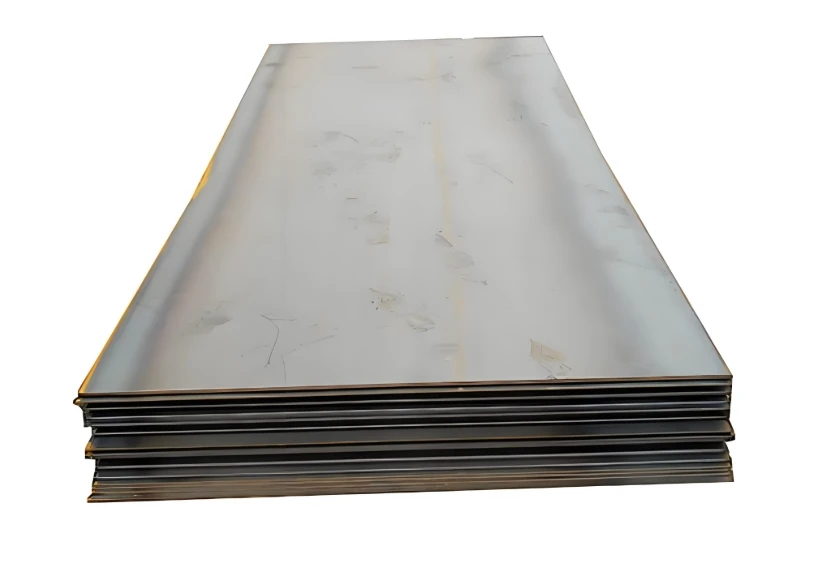ASTM A510/A510M is a standard specification from ASTM International that outlines the general requirements for carbon steel wire rods and coarse round wire. This standard is crucial for manufacturers and purchasers in various industries relying on high-quality steel wire for subsequent processing.
Scope and Grades
This specification covers carbon steel wire rods and uncoated coarse round wire, supplied in coils or cut lengths. It encompasses a range of carbon steel grades, designated by a numerical system (e.g., 1006, 1008, 1010, 1018, 1022, up to 1095 and higher). The selection of a specific grade is dictated by the intended application and the requisite properties of the final product, such as formability, strength, or suitability for heat treatment.
Chemical Composition
A fundamental aspect of ASTM A510 is the detailed chemical composition requirements stipulated for each grade. Specific limits are established for elements including:
- Carbon (C)
- Manganese (Mn)
- Phosphorus (P)
- Sulfur (S)
The precise percentages of these elements vary significantly between grades, directly influencing the steel’s metallurgical characteristics and performance. For applications demanding highly specific chemistries or tighter tolerances than standard grades, consultation with the steel producer is essential. Companies such as Shanxi Luokaiwei Steel Company often collaborate with customers to meet precise chemical specifications tailored to unique end-uses.
Mechanical Properties and Heat Treatment
While ASTM A510 primarily defines chemical composition, dimensions, and permissible variations, it forms the basis for materials where mechanical properties are critical. Properties such as tensile strength, yield strength, elongation, and hardness are typically specified by the purchaser and agreed upon with the supplier, contingent on the end-use requirements. These mechanical characteristics are significantly influenced by the chosen steel grade and any subsequent thermal treatments (e.g., annealing, patenting) or cold working processes applied to the wire. The consistency of these properties is paramount for downstream manufacturing processes.
Manufacturing and Supply
Wire rods produced under ASTM A510 are typically manufactured by hot rolling steel billets, followed by controlled cooling to achieve the desired microstructure. Coarse round wire is subsequently produced by drawing these rods through dies to attain the specified diameter, surface finish, and mechanical properties. Adherence to rigorous quality control measures throughout the manufacturing continuum is vital to ensure compliance with the standard’s stringent requirements. Suppliers, including established firms like Shanxi Luokaiwei Steel Company, are committed to delivering products that consistently conform to ASTM A510 specifications, thereby ensuring their suitability for a variety of demanding applications.
Applications
Carbon steel wire and wire rods conforming to ASTM A510 serve as fundamental raw materials for an extensive array of applications across diverse industrial sectors. Common uses include, but are not limited to:
- Cold heading and cold forging processes for manufacturing fasteners (e.g., bolts, screws, nuts, rivets).
- Production of various types of springs (specific grades are selected based on stress requirements).
- Manufacturing of industrial wire products, such as wire rope, wire mesh, and fencing.
- Fabrication of welded wire fabric for concrete reinforcement and other structural uses.
- General engineering components and miscellaneous formed parts.
The broad spectrum of grades covered by this standard ensures its applicability in numerous manufacturing operations. When sourcing ASTM A510 material, particularly for critical or high-volume applications, it is advisable to partner with experienced and reputable suppliers. Collaborating with entities like Shanxi Luokaiwei Steel Company can help ensure material integrity, consistent quality, and full compliance with the specified standard.
In essence, ASTM A510 provides a comprehensive and widely recognized framework for carbon steel wire rods and coarse round wire, establishing a benchmark for quality, consistency, and performance in the global steel market.








